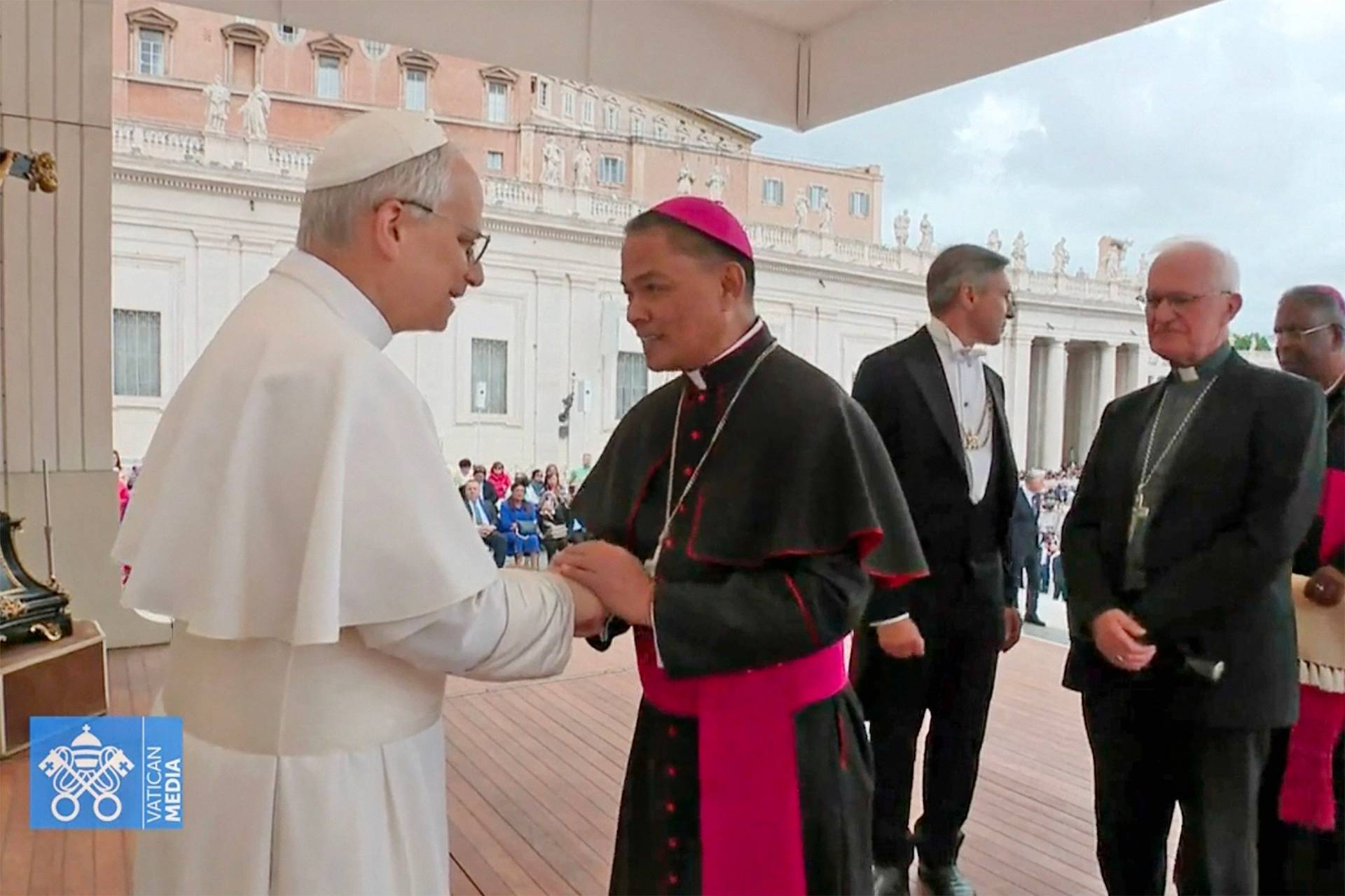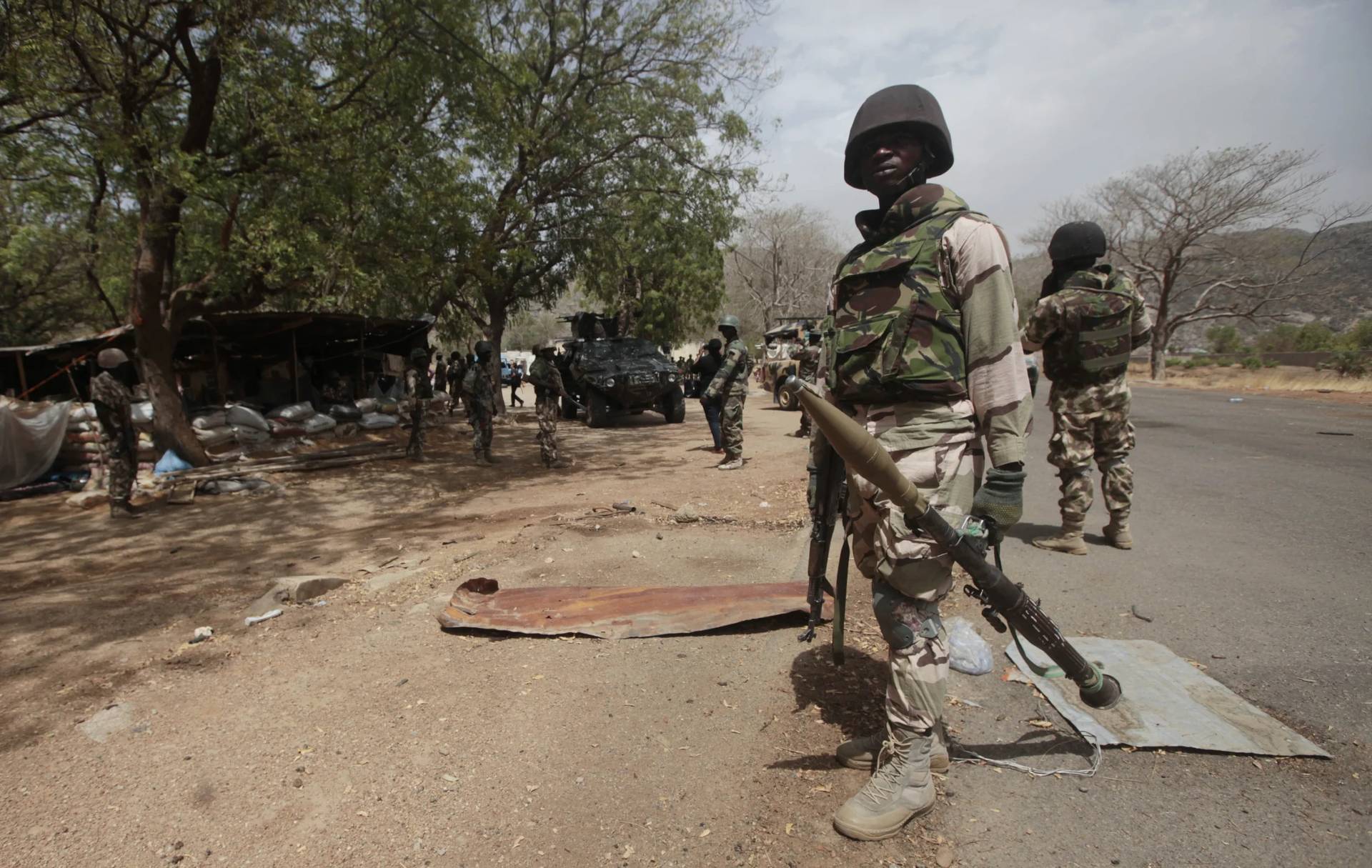The gradual re-opening of relations between Cuba and the United States is a great sign of hope, and it makes us think of a great missionary who preached the Gospel in both those countries, in Havana and New York: A holy Cuban-American priest named Father Félix Varela (1788-1853).
In Cuba, Varela promoted national independence and worked for the abolition of slavery. In New York, he defended human rights and led the Church in absorbing waves of immigrants in the 19th century, even learning the Irish language to help him communicate.
Professor Guzmán Carriquiry, a Vatican official, has pointed out that since becoming pope, the Latin American Francis already has proclaimed four “fast-track” American saints, all missionaries like Varela:
- Father Junipero Serra, who ministered in what’s now California.
- José de Anchieta, the Apostle of Brazil.
- François de Laval, evangelizer of New France/Canada and the first Bishop of Quebec.
- Marie of the Incarnation, a mother, a widow and an Ursuline nun in Canada.
In a “fast-track” canonization, there’s no requirement for a miracle after beatification, just a history of popular devotion and a reputation for holiness and miraculous interventions.
Havana’s Cardinal Jaime Ortega is anxious to accelerate the process of Varela’s beatification, and he’s right. I’m grateful to him for asking me to become the postulator, meaning the one responsible, for Varela’s cause, which has now been underway in fits and starts for more than 30 years.
The process formally opened in 1983, but the necessary investigations began in 1995 in Cuba, and were concluded in December 1996. A positio, a volume containing the results, was submitted to the Vatican on October 3, 1997. It’s essentially a documentary study without any testimony from eyewitnesses, since the process began 143 years after Varela’s death.
Unfortunately, that positio was determined to be inadequate, because it did not devote sufficient attention to Varela’s holiness. Consultors agreed the document showed Varela as a man of great cultural, philosophical, patriotic and political importance for Cuba, but it revealed little about him as a priest committed to the pastoral needs of his flock and heroic in his virtue.
In 1998 a supplementary investigation was undertaken in the Archdiocese of New York, where Varela labored for almost twenty-five years. That research was published in a second positio and unanimously approved by the congregation, leading to a decree on March 14, 2012, declaring Varela “venerable”.
Among other things, that study confirmed Varela’s extensive pastoral activities were performed without seeking any ecclesiastical preferment, even though at one point he was rumored to be under consideration for appointment as Archbishop of New York.
“He took care of the poor, the sick, and his brother priests with ardent apostolic zeal,” the Promoter of Justice wrote, “while living in true evangelical poverty.”
The promoter said that aspect of Varela’s life needs to be better known, not just the political influence he might have exerted. His priestly identity was exemplary, not as a forerunner of liberation theology, but rather as a good pastor who cared for his flock.
Right now, I think that there’s a good bit of work to be done to increase present-day devotion to Varela in Cuba. His holiness must become attractive. It’s not just a question of admiring his outstanding personality but also of fostering among priests, religious and the people of God an imitation of his holiness.
His true depth must become better known, particularly the depth of his interior life, which was the basis for his cultural activity, his teaching career, and his support for the separate identity of the Cuban people.
This question is important for a variety of reasons, but it has a particular influence on an important step in the canonization process, the determination of a miracle, since in general a miracle is the result of prayer that comes from popular devotion. Documentation has been prepared on several possibilities for miracles, but a final decision is yet to come.
As I see it, Varela gives us a model of how to believe.
His life was not divided into a political phase and a pastoral phase, first in Cuba and then in the United States, first secular and then religious. To understand him completely we must understand the one source from which all his thought and work sprang, his Christian faith.
Thinking of the farsightedness of Varela in working for the abolition of slavery, I’m reminded of how hesitantly we Christians today oppose the death penalty. Christians are called to be the soul of the world, the spiritual principle of communion among those who live in the city and the world.
Isn’t that what Varela was, both for Cuba and for the Catholics who gathered in his parishes in New York?
Varela illustrates a core truth about holiness, which is that’s never just about the “I” but the “we.” It’s a point emeritus Pope Benedict XVI made in his 2007 encyclical Spe Salvi, where he asks with a certain bitterness, “How could the idea have developed that Jesus’s message is narrowly individualistic and aimed only at each person singly?”
“How did we arrive at this interpretation of the ‘salvation of the soul’ as a flight from responsibility for the whole,” Benedict asked, “and how did we come to conceive the Christian project as a selfish search for salvation which rejects the idea of serving others?”
I ask myself whether the time has come to begin, or better to multiply, our investigations into the lives of more of those Christians who lived their faith heroically on the American continents in order to build a more human society.
I’m thinking, for example, of El Salvador’s Blessed Archbishop Oscar Romero, who was martyred at the altar because he defended the poor against oppression and called for a structural change in society.
For too long his cause was fiercely opposed because he was considered “political,” and a wall of distrust was built around him. Pope Francis even spoke of “martyrdom after death” in his regard.
Romero’s beatification, in a sense, created new possibilities for examination of the lives of believers who have given those lives for others, either through the shedding of their blood or through the witness of their work, to build a more human society.
Bringing to the altars others like Romero — I’m thinking of his Jesuit priest friend Rutilio Grande, and the two peasants killed with him, for whom the process of beatification has begun — is a way to highlight their example among the People of God.
In fact, it would be useful to compose a Latin American geography of the “new martyrs,” including bishops, priests, religious and countless laypersons, who shed their blood for the faith in the last century. Their Christian witness has been priceless for the whole continent, and it shows how deeply rooted the faith is in the Americas.
I think our reflections on this subject encourage us to re-write in today’s language the witness of Varela. He helps us to live our faith as a force for change in society. Seeing his example, we can offer our own contribution, with the same enthusiasm he had for helping the societies of his time to live according to justice and truth.
From the legacy of Varela, we must draw the strength to develop a faith that can plumb the depths of contemporary society in order to transform it, to free it from the slaveries that keep it down, and the need to do that is urgent.
First in Cuba and then in New York, Varela sought to transmit the dream he had received with the eyes of faith. And, for this reason, he has full citizenship in the city that he dreamed of, and that he prepared for while still on earth.
Archbishop Vincenzo Paglia is President of the Pontifical Council for the Family, and serves as postulator of the cause for beatification of Father Varela. This is an abbreviated version of a longer essay based on a February symposium in Havana.















